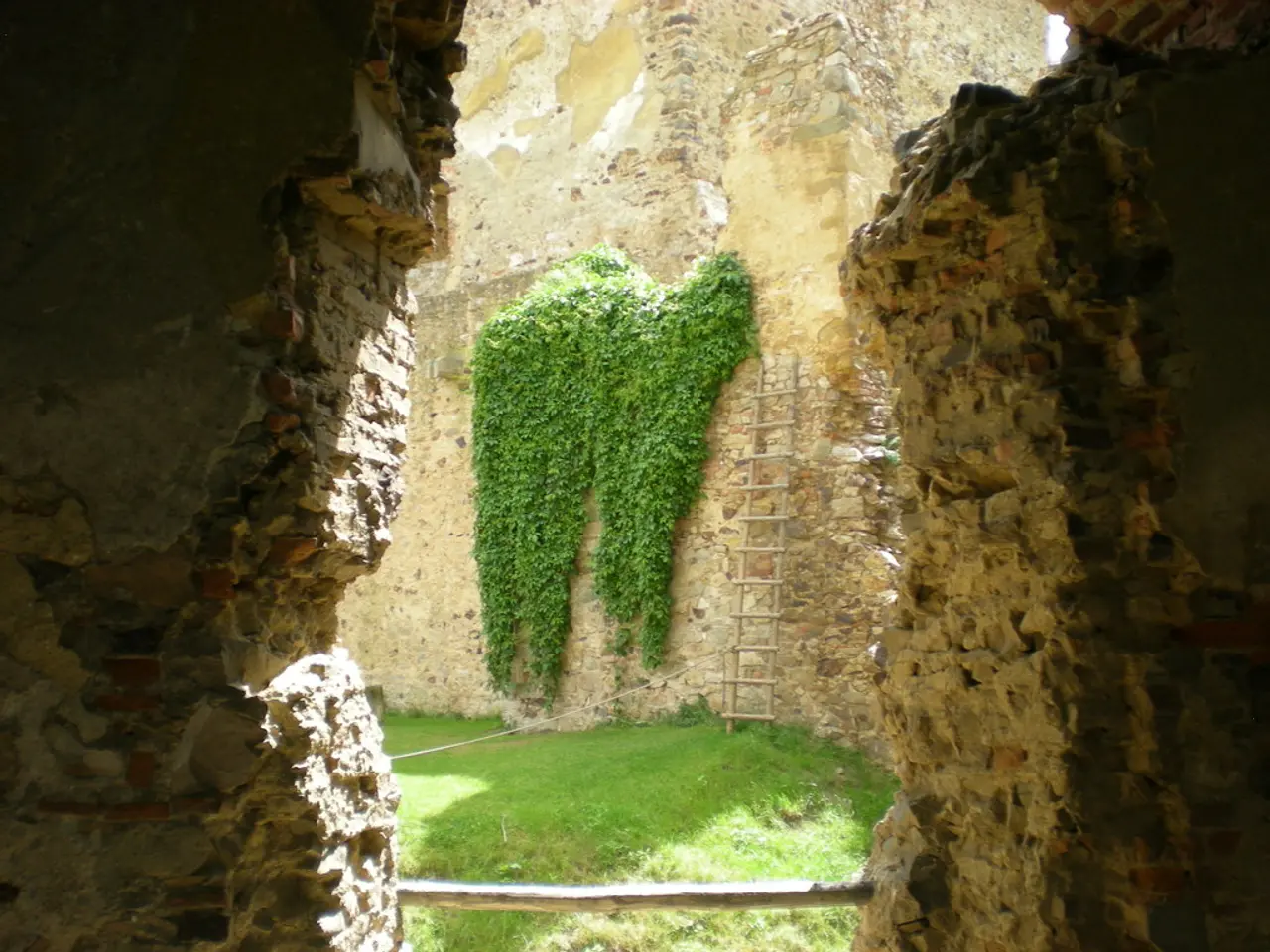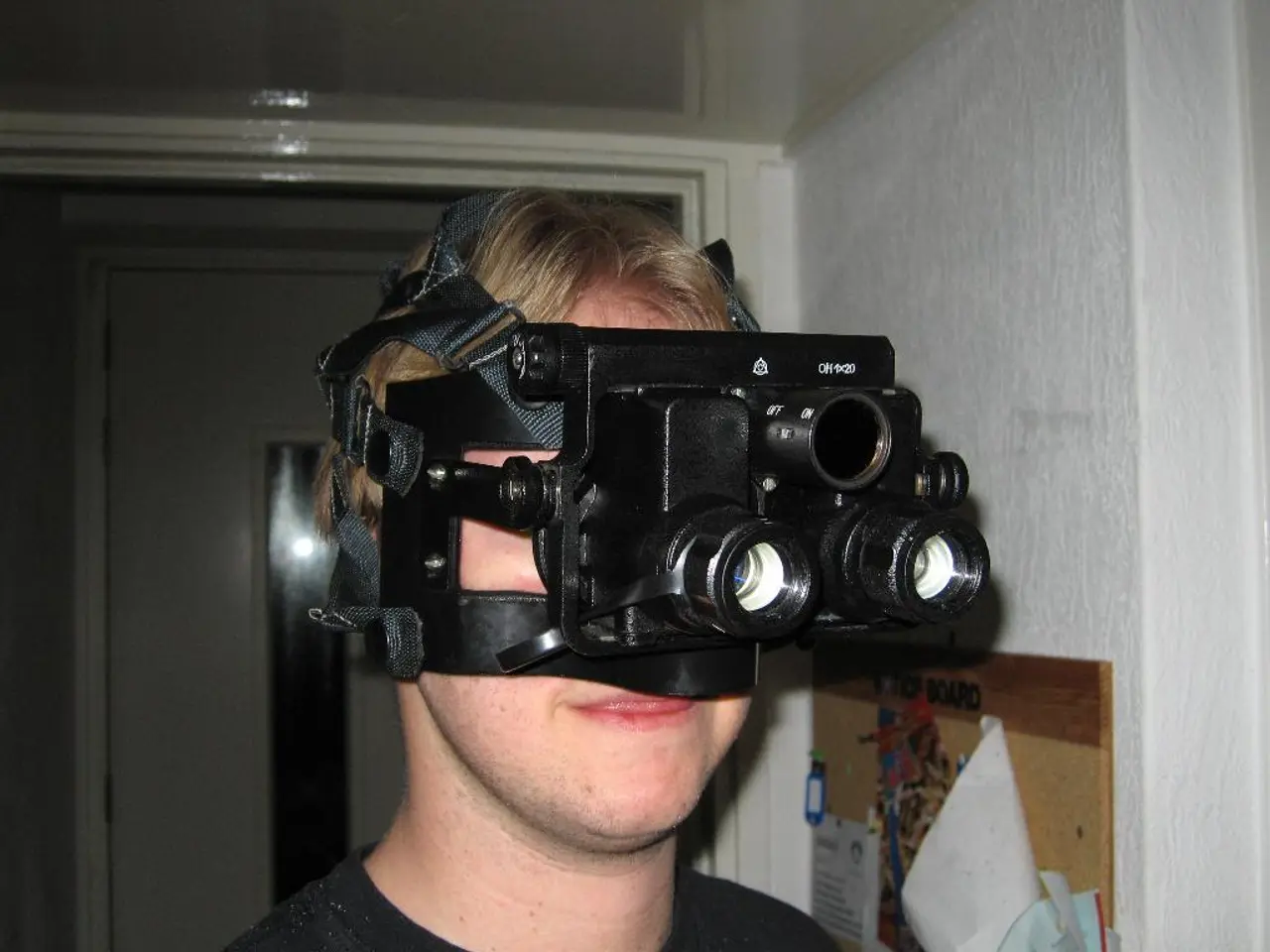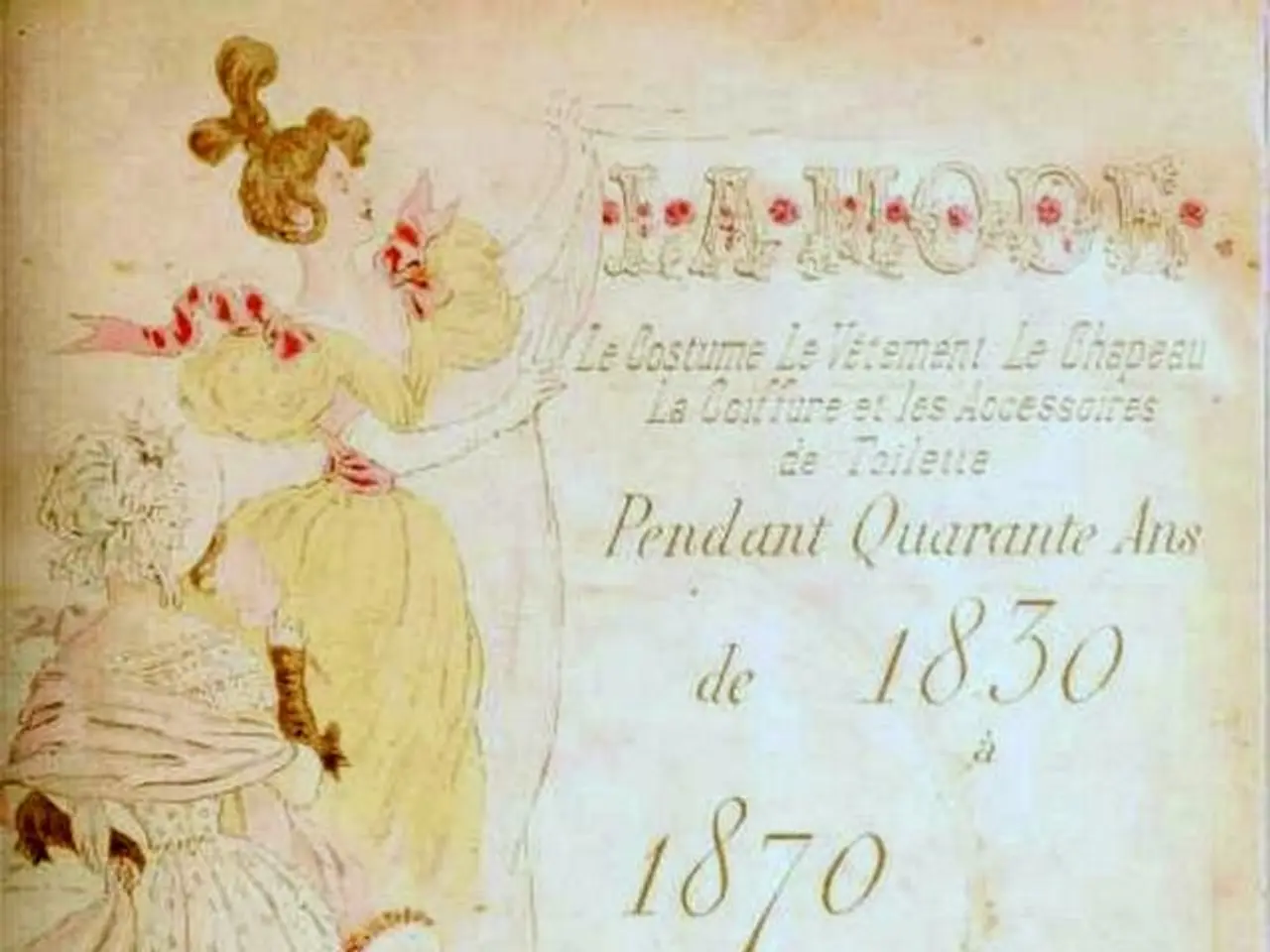Exploring the Distinctive Realms of Selenite Through Gem-A's Gemstone & Mineral Collection
========================================================
Plinius the Elder referred to selenite as specularis lapis, or 'mirror-like stone', due to its transparent and sparkling qualities. This mineral, a variety of gypsum, has a long and fascinating history.
In Roman antiquity, selenite was used in the grand spectacle of the Circus Maximus to create a glittering, sparkling effect during races. Before the invention of glass panes, transparent selenite was even used as window panes.
Fast forward to the Middle Ages, selenite was discovered in abundance in Germany, specifically in the region of Gotha. It was used as a substitute for glass panes to protect pictures of the Virgin Mary, becoming known as Marienglas.
Selenite was named after Selene, the Greek goddess of the Moon, and it crystallizes in the monoclinic system. Despite its name, selenite does not contain selenium. Instead, it is a colorless variety of gypsum, which is an abundant mineral worldwide.
However, selenite can have lightly colored hues due to inclusions or impurities. For instance, the selenite specimen in the Gem-A Gemstone & Mineral Collection has a green hue due to copper-based mineral inclusions.
Selenite crystals are known for their large sizes. The crystals in the Naica mine in Chihuahua, Mexico, are the world's largest known crystals, with diameters of up to 1.2m and lengths of up to 15m. These crystals were formed by hydrothermal fluids from the magma chamber situated below.
Selenite is a very soft material, with a hardness of 2 on Mohs' scale. It is not suitable for faceting but can be carved as cabochons or beads.
J.G. Wallerius, a Swedish scientist, first gave the name selenite in 1747. Wallerius was a pioneering mineralogist whose early systematic studies, particularly his 1747 publication, contributed significantly to the formal identification and understanding of several minerals, including malachite.
Wallerius' publication presented minerals systematically according to their chemical properties. In addition to his work on malachite, Wallerius authored the book Mineralogia, eller Mineralriket published in 1747 in Stockholm. This work helped lay foundational knowledge for the emerging science of mineralogy in Sweden and beyond.
Gem-A members receive the magazines Gems&Jewellery and The Journal of Gemmology, providing ongoing opportunities to develop their passion for gemmology.
This article was originally posted on 18-04-2019.
[1] [Citation needed] [2] [Citation needed] [3] [Citation needed]
- Enthusiasts of education and self-development can enroll in Gem-A's courses and workshops to deepen their knowledge in gemmology.
- For those interested in the science behind selenite and other minerals, reference could be made to the publications such as J.G. Wallerius' 1747 book, Mineralogia, eller Mineralriket.
- In the realm of entertainment, selenite's large, striking crystals could feature in space-and-astronomy documentaries, and its historical uses could be subjects of lifestyle programs.
- Technology has advanced to create synthetic selenite, which is used in applications like medical-conditions research and sensitivity tests, but the beauty and uniqueness of natural selenite cannot be replicated.
- In the field of entertainment and beyond, the knowledge gained from education and self-development in gemmology can contribute to a broader understanding and appreciation of the fascinating world of minerals and gemstones.




